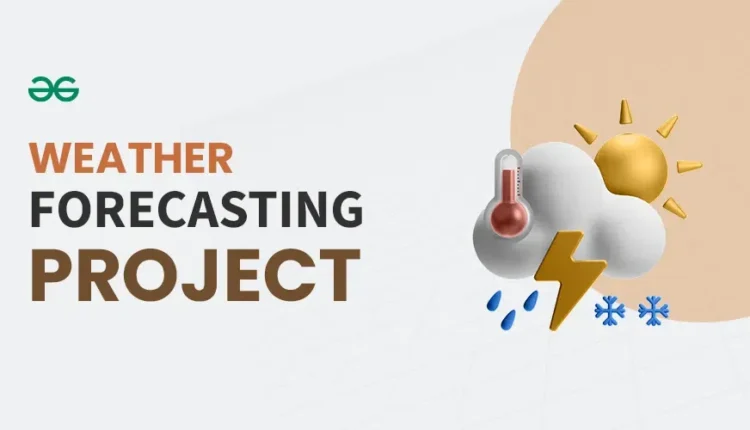E-Transform project transforms weather monitoring with installation of 10 automatic weather stations
Ghana has significantly improved its weather monitoring capabilities with the installation of 10 Automatic Weather Stations under the eTransform Ghana project.
Located in Akuse, Akosombo, Ada, Tema, Abetifi, Oda, Sefwi Bekwai, Enchi, Axim, and Tarkwa, these stations now transmit accurate weather data every 15 minutes, a marked improvement from the previous one-hour interval.
These state-of-the-art stations measure various meteorological parameters, including temperature, humidity, wind speed and direction, rainfall, and atmospheric pressure. This real-time data enhances weather predictions and early warning systems, benefiting sectors such as agriculture, aviation, maritime, and disaster management.
This initiative, part of the broader eTransform Ghana project, underscores the country’s commitment to leveraging technology for sustainable development and climate resilience. By modernizing its meteorological infrastructure, Ghana is ensuring more reliable weather information for better decision-making and improved safety for its citizens.
This development is part of a broader effort to modernize Ghana’s meteorological infrastructure and enhance its capacity to provide reliable weather information. The improved weather monitoring system is expected to benefit farmers by providing timely weather forecasts that can help in planning agricultural activities, thus boosting productivity and reducing crop losses due to unexpected weather changes.
The sites for the installation of these Ten AWS were strategically selected for the maximum benefit to those particular communities and the country as a whole, the Communications and Digitalisation Minister Ursula Owusu-Ekuful said during the commissioning ceremony at the Tema District Met office where one of the AWS was installed.
“The benefits to be derived from these Automatic Weather Stations are enormous; automatic weather observation allows converting measurements of meteorological elements into electrical signals through sensors, processing and transforming these signals into meteorological data, and transmitting the resulting information by wire or radio or automatically storing it on a recording medium. This instrument (AWS) is able to transmit data every 15 minutes and its data quality is very high and reliable, thus improving data collection and eliminating completely human errors associated with conventional instruments,” she said.
She added that standardized observation techniques enable the homogenization of observed data in regions where automatic weather observation was adopted across the globe. “In addition, new observation elements can be added relatively easily by installing new instruments and sensors. Optimal measuring instruments with the appropriate level of measurement accuracy for the required observation can be chosen, and the need for observer training will be eliminated.”


Comments are closed.